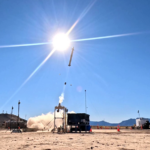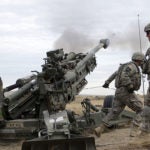
Lockheed Martin [LMT] likely knew its case against the Joint Light Tactical Vehicle (JLTV) contract award to Oshkosh [OSK] was doomed a week before it voluntarily abandoned the five-month contest, according to court documents.The lawsuit challenging the Army’s decision was withdrawn by Lockheed Martin on Wednesday, but court documents continue to trickle into the public record. A ruling on Lockheed Martin’s motion for preliminary injunction released Feb. 19 shows a federal judge essentially dismantled Lockheed Martin’s case a week ago.The…

 By
By 











